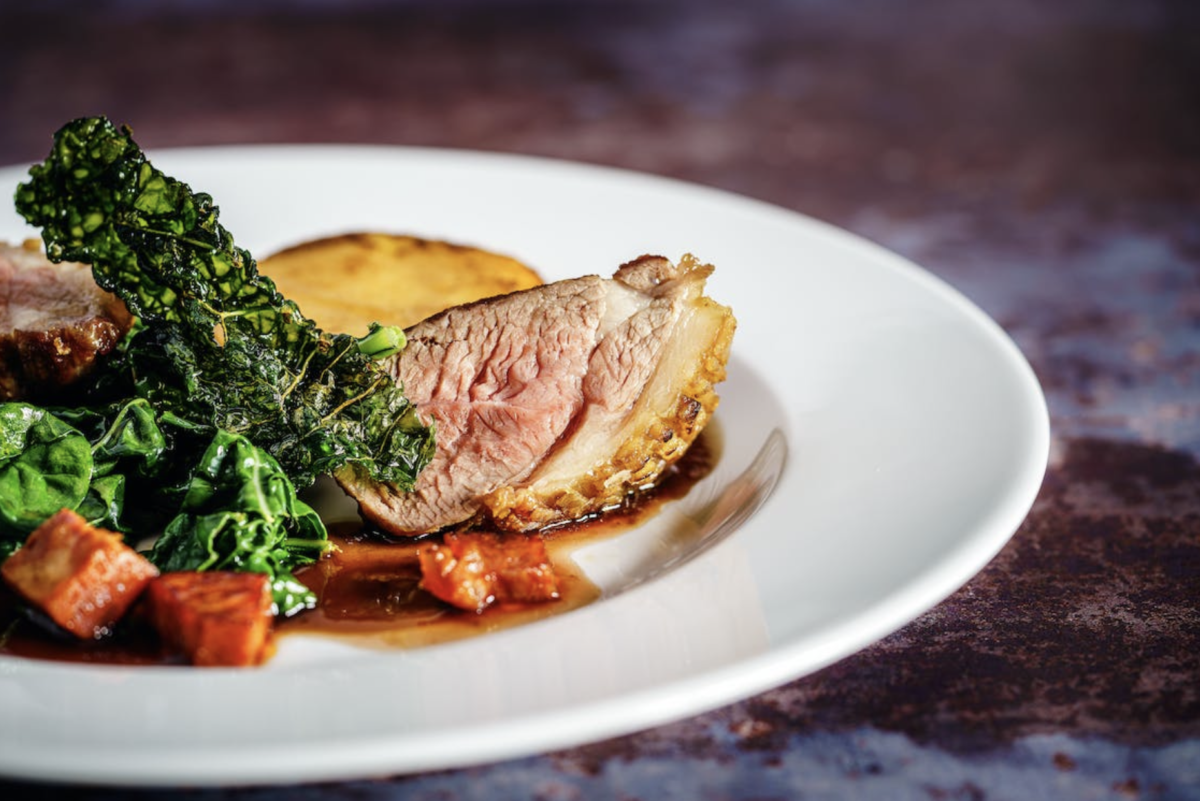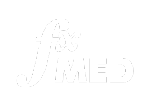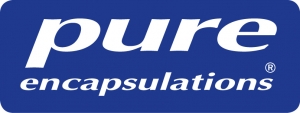People take supplements to improve or optimize their health. So what happens when you look at the label, and the ingredient list is filled with unrecognizable additives?

There’s no single nutrient responsible for energy production in the body. Macronutrients, vitamins, minerals, and trace elements work closely together to provide the ingredients your body needs for healthy energy support. You may be most familiar with carbohydrates or B vitamins and their role in energy production because they get the most attention, but iron is another essential energy-producing trace element that can’t be ignored.
Iron supports healthy energy levels in several ways, including via oxygen transport and red blood cell production. Iron levels can change, depending on how recently you consumed iron. The best assessment of one’s irons status is via a serum iron test which measures how much iron is in your blood. When iron stores are low, the body can’t make enough healthy red blood cells to transport oxygen, impacting energy levels. You also need iron for energy metabolism, the process of creating energy.1
This article will explore the close relationship between iron and your energy levels and provide tips to help you get enough.
What is Iron?
Iron is an essential trace element, which means it’s only required in small quantities but is still necessary for maintaining health and well-being. Many foods contain iron, but there are two distinct types:
- Heme iron is found in animal sources, such as red meat, poultry, and fish.
- Non-heme iron is found in plant sources, including beans, whole grains, and green leafy vegetables.
Non-heme iron is less bioavailable than heme iron, which means it’s harder for your body to absorb and use. Compounds in plant foods can also interfere with absorption. For example, phytic acid, a compound in whole-grain products, can reduce iron absorption. Polyphenols, found in tea or red wine, can also inhibit absorption.2
This lower bioavailability doesn’t mean non-heme iron isn’t beneficial. It just means that people who don’t include heme iron in their diet may need to pay special attention to their iron status. It’s estimated that around 25% of dietary heme iron gets absorbed, and 17% of dietary non-heme iron gets absorbed.2

Iron and Energy Production
Iron’s role in energy production is critical. It’s a cofactor for energy production, plays a role in forming and maintaining healthy red blood cells, and supports oxygen transport around your body.
Iron and Healthy Blood Formation
Iron plays a significant role in forming healthy red blood cells alongside several other essential nutrients, including vitamins B2, B6, folate, and B12. Together these micronutrients support healthy red blood cell formation and the maintenance of normal red blood cells.
Hemoglobin, the protein that carries oxygen in red blood cells from your lungs to tissues throughout your body, requires iron to function properly. Myoglobin, the protein that brings oxygen to muscles and connective tissue, also needs iron. As a result, if iron stores in the body are low, oxygen delivery to cells and tissues could be impacted, which can impact energy levels.
Iron is a Cofactor in Cellular Energy Production
Iron is also a critical cofactor for enzymes involved in energy metabolism, including adenosine triphosphate (ATP). ATP, generated inside the mitochondria as part of cellular respiration, is used to fuel all activities in the body.
Low levels of iron can cause a decrease in ATP production, leading to fatigue. 3 Even if iron levels aren’t clinically low, it’s possible to have less than optimal levels that may contribute to feeling tired.
A randomized control study examining healthy premenopausal women found that those with lower iron levels (but not clinically below healthy) who took iron supplements noted a more significant reduction in fatigue scores than those who didn’t. Similar results were found in a study on women with fatigue and low iron stores (but not clinically low) who noted improved energy scores after taking iron supplements.
Iron, Energy, and Physical Activity
Studies suggest that low iron status contributes to alterations in whole-body metabolism and energy production in otherwise healthy people during exercise. This alteration means lower than optimal iron levels may impact energy levels when engaging in physical activity.
On the other hand, one study found that women with borderline iron levels who took iron supplements saw small but significant improvements in VO2 max (a measurement of oxygen utilization that represents aerobic fitness) compared to placebo.
Less than optimal oxygen delivery to the muscles can adversely impact athletic performance. A study on healthy athletes found that four weeks of iron supplementation supported healthy energy after exercise compared to those who didn’t take the iron supplement.13

What Are Iron’s Other Essential Functions?
Energy production and oxygen utilization are significant, but iron also plays a role in other essential functions in your body, including:
- Healthy brain development during pregnancy.14
- Healthy cognitive development in children ages 3 to 18 years old.15
- Adult cognitive function.
- Healthy immune function.
How To Support Iron Absorption and Transport
You can support your body’s ability to absorb, utilize, and transport iron in several ways.
Focus on Heme Iron Intake
As you learned above, heme iron is the most readily absorbed form of iron. Both types of iron are absorbed in your small intestine, but non-heme iron has to go through more steps for absorption.2 If you don’t follow a vegan or vegetarian diet, even small amounts of animal protein could help you absorb more iron.
Studies suggest pairing animal products with non-heme iron could also help increase absorption. A peptide called MFP factor found in meat, fish, and poultry improves vegetarian iron absorption.2 It’s still possible to meet iron needs if you only eat plant-based foods, but it may require more careful planning, and sometimes supplementation is necessary.
Pair Iron-Rich Food or Supplements with Vitamin C
Ascorbic acid (vitamin C) increases the absorption of non-heme iron into the bloodstream. It helps convert iron to a form easier for your body to absorb. Vitamin C also helps transfer iron to a molecule called transferrin that transports iron in the cells.
Food sources of vitamin C like citrus, strawberries, dark leafy greens, and bell peppers can help facilitate iron absorption from both heme or non-heme iron, or supplemental forms of vitamin C can also help.2
Time Iron Intake Away From Calcium
Calcium inhibits iron absorption, although the exact reason why is not fully understood. Studies have even found that drinking an iron-fortified milk product did not increase iron levels, likely due to the inhibitory effect of calcium.20
Calcium-containing foods include dairy products like milk, yogurt, and cheese or fortified alternatives like almond or oat milk. Other calcium sources include edamame, tofu, kale, turnip greens, and broccoli. If you take calcium and iron supplements, try to take them at different times of the day.
Ensure Adequate Intake of Iron Supportive-Nutrients
Vitamin B2 (riboflavin), vitamin A, and copper are all needed for healthy iron metabolism. You can find vitamin B2 in many foods, but dairy products, liver, and lean meats are especially high.
Vitamin A is found in eggs, liver, bright orange or red foods like sweet potato or carrots, and leafy greens like spinach and kale. Copper is found in shellfish, organ meats, nuts, and seeds. Supplemental forms of these nutrients taken in combination with iron can also be supportive.
Iron and Energy: A Dynamic Duo for Your Health
Iron is a critical nutrient for energy, but it’s also important to note that too much iron can adversely impact your health. Iron needs also change throughout your lifespan depending on age, gender assigned at birth, and health status, so understanding your current iron status is important.
If you are concerned about your iron levels, consider working with a qualified healthcare practitioner who can help you identify any gaps in your diet and whether supplementation may benefit you.
Caitlin Beale, MS, RDN is a registered dietitian and freelance health writer. She has a master’s degree in nutrition and over ten years of experience as a registered dietitian.
Available upon request.
Share:
Related Posts

Goodbye Pie Chart, Hello Phase 1 Sliders
Written by Allison Smith, ND | 2025 As we usher in a new era of DUTCH testing which leaves behind the concept of the three-way

Introducing the DUTCH Dozen
Written by Kelly Ruef, ND | 2025 Hormone testing can be complex, which is why Precision Analytical developed the DUTCH Dozen, an interpretive framework that

DUTCH Report Enhancements
Written by Hilary Miller, ND | 2025 Precision Analytical have released the newest version of the DUTCH Test. This is the report’s most significant update

Gallbladder Health 101: What It Does and How to Keep It Working Well
Written by Ashley Palmer & Pooja Mahtani | 2025 The gallbladder may not get much attention compared to the gut, but it plays a central

Can You Bring Vitamins on a Plane? How To Travel with Supplements
Written by Austin Ruff | 2024 Are you traveling for a work conference, an athletic competition, or a weekend getaway? Just because you’re leaving home

